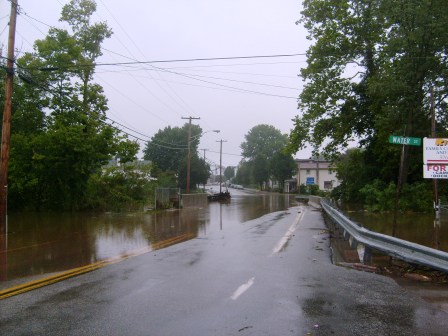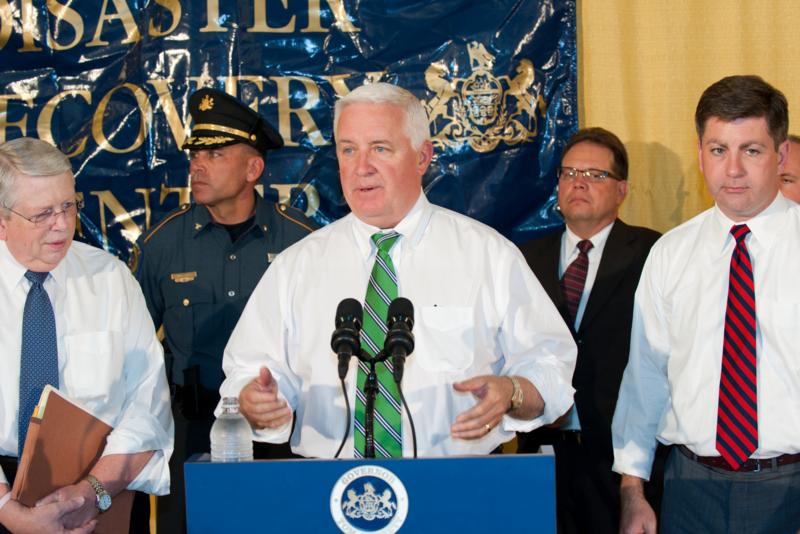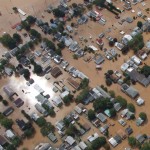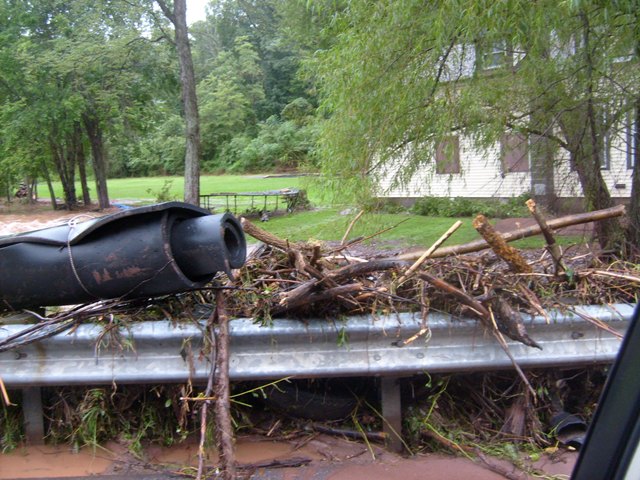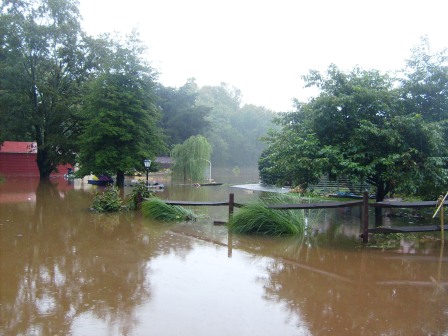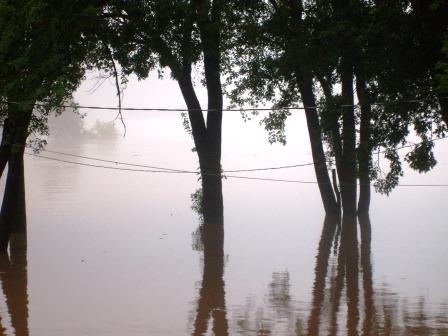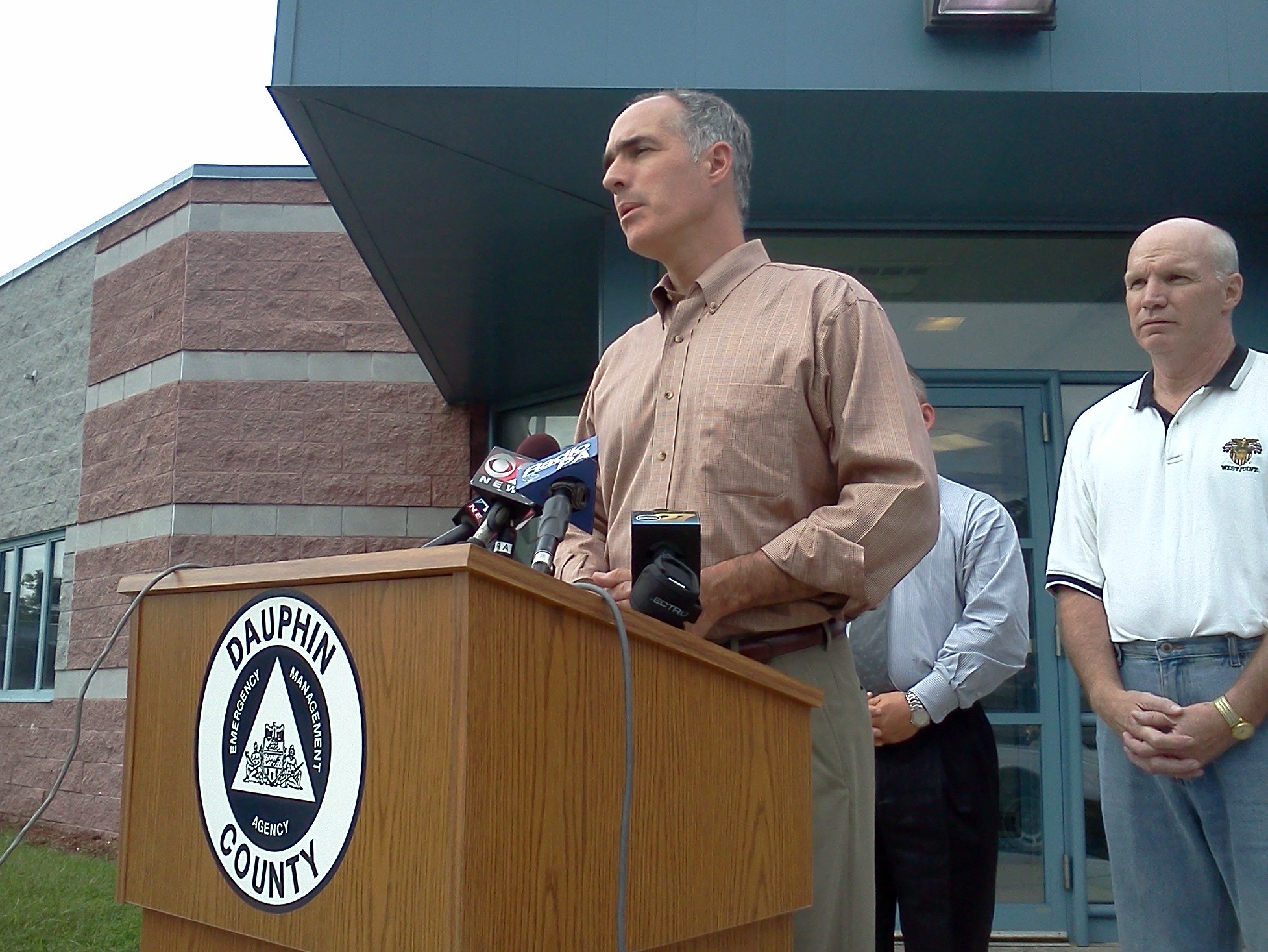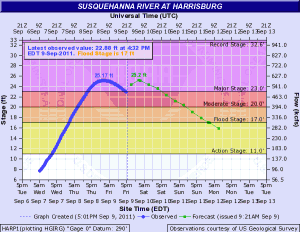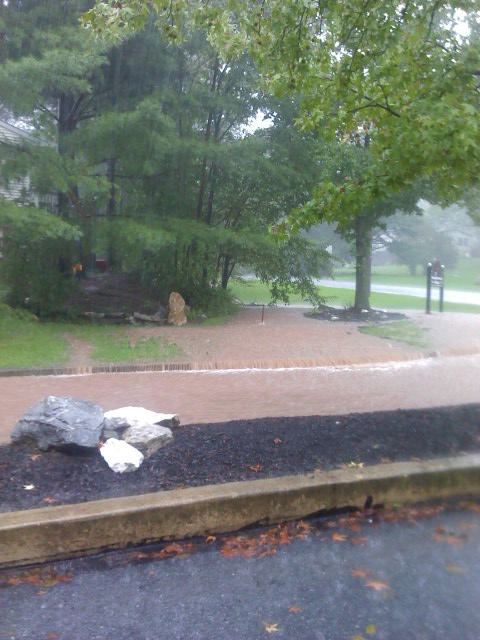The damage from Hurricane Irene and Tropical Storm Lee has now opened more than two dozen counties for federal assistance. President Obama has issued a disaster declaration for 19 counties affected by the flooding. 11 counties were included an earlier disaster declaration for Hurricane Irene. Three counties were on both declarations. It means that individual assistance is available for residents and businesses in those counties if they qualify.
Federal Emergency Management Agency spokesman Bill Brubaker says businesses and individuals should document all damage and register to apply for assistance.
The counties in the Tropical Storm Lee declaration are Adams, Bradford, Columbia, Cumberland, Dauphin, Lancaster, Lebanon, Luzerne, Lycoming, Montour, Northumberland, Perry, Schuylkill, Snyder, Sullivan, Susquehanna, Union, Wyoming, and York Counties. The counties in the Irene declaration issued late last month were Bucks, Chester, Delaware, Lehigh, Luzerne, Monroe, Montgomery, Northampton, Philadelphia, Sullivan, and Wyoming counties. People and businesses must be located in one of those counties to apply.
The help can range from rental assistance for temporary housing, grants for home repairs or low interest loans to cover uninsured and under-insured losses. There are programs for home owners, renters and businesses.
Brubaker says if you have any damage, you will need to apply, because there is a deadline. He says some damage may not be immediately apparent.
Brubaker says home owners, renters and businesses will need to document everything, taking a lot of photographs. The documentation should include whether or not you’ve filed an insurance claim for the damage.
To register by phone, call 1-800-621-FEMA. You can also register on line.
The State Insurance Department is advising residents who suffered flood losses to document all of their damage, whether they’re eligible for the federal assistance or filing claims with flood insurance or home owners policies. You should secure problems to prevent further damage, but don’t make permanent repairs until your insurance carrier says it’s OK.
To learn more about flood insurance go to floodsmart.gov. New policies have a 30 day waiting period. The insurance covers structures for up to $250,000 and contents for up to $100,000.
Insurance Department spokeswoman Rosanne Placey says if you don’t have flood insurance, reach out to your homeowners insurance company to see if any of the damage is covered. Remember that if a vehicle was damaged, it will be covered under your auto insurance policy if you have comprehensive coverage.
For more tips from the insurance department, visit their web site. If you have questions, you can call their toll free line at 1-877-881-6388.


